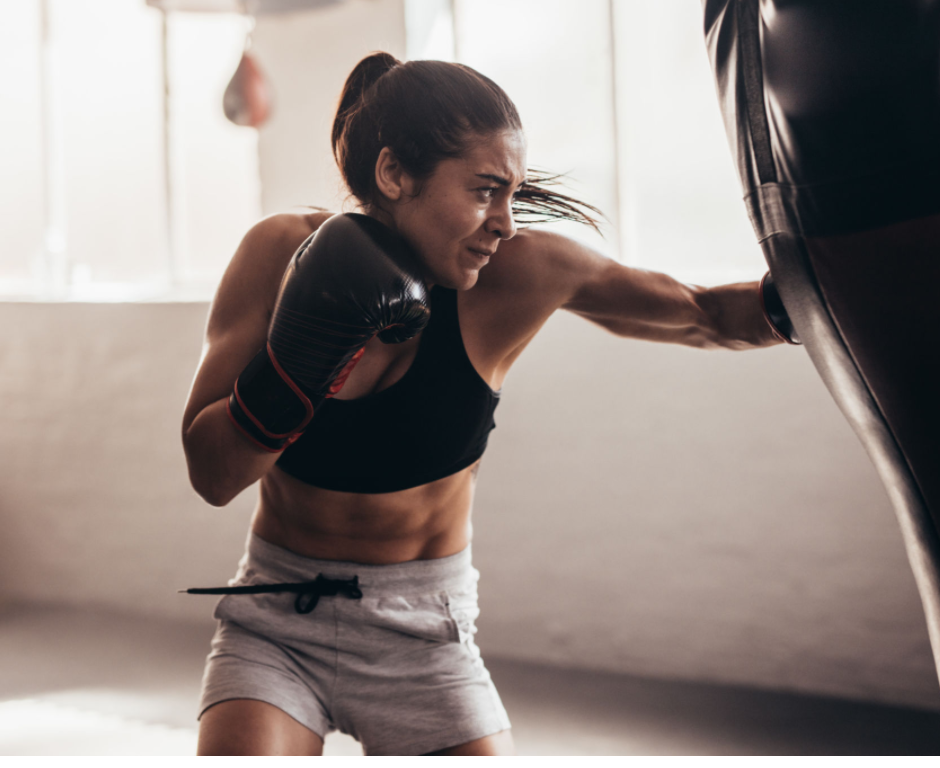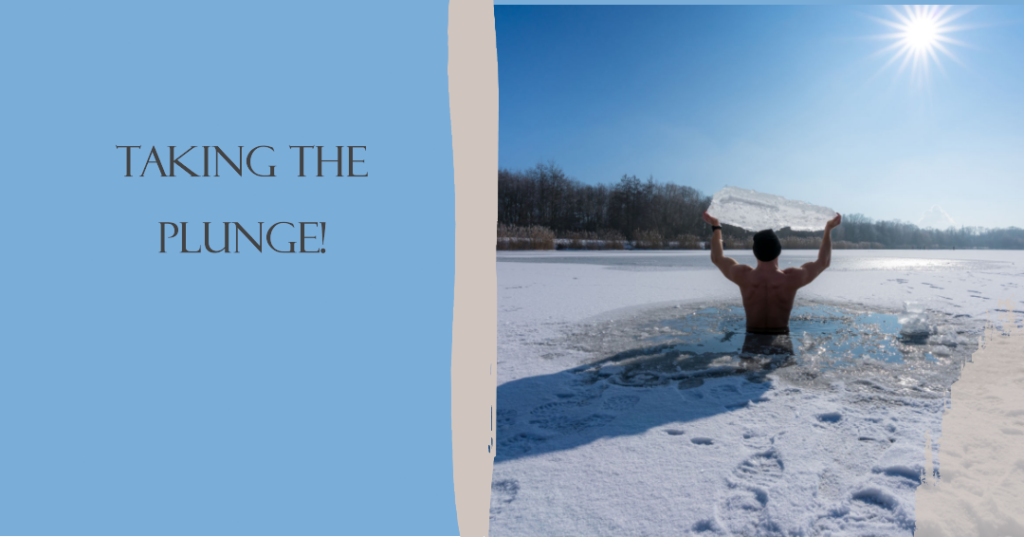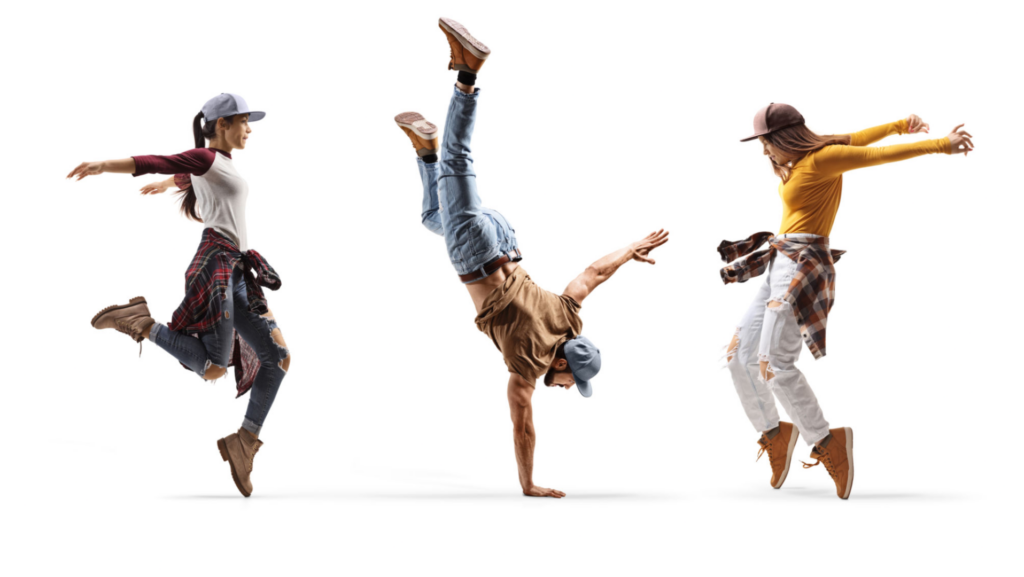If you want to know how you can quickly and easily build strong legs so that the next time you go out on a jog, they won’t hurt or feel heavy, then you have to follow these strength training exercises.
We gathered up four of the best leg exercises for runners, and I can guarantee that if you follow them regularly, your legs will get stronger, you’ll be able to run faster, and you won’t feel like they are going to give out on every run.
There are important muscles in your legs that can help you run faster and improve your overall performance. Here are four muscles to focus on when you’re working your legs in the gym. You can do these exercises with weights but it’s always a good idea to start with just your body weight until you get used to the movements.
1) Glutes:

The gluteus maximus is the largest muscle in the body, so it’s no surprise that it’s an important one for runners. Strong glutes can help you maintain good form and prevent injuries.
How to train your Glutes
The best way to train your glutes is to incorporate compound exercises like squats, deadlifts and walking lunges into your workouts. These exercises work multiple muscles in your legs at the same time, so they’re an efficient way to hit all of the major leg muscles.
Squats:

Squats are a great exercise for strengthening your glutes, quads, and hamstrings. To do a squat, place feet shoulder-width apart, then bend your knees and lower your body down toward the ground. Keep your back straight and don’t let your knees go past your toes. Pause at the bottom of the squat, then slowly raise yourself back to the starting position.
If you would like to start adding more weights it’s better to start with the sumo squat as the weight distribution is easier on the back. To do sumo squats get in the squat position with feet shoulder-width apart. Now instead of loading the back with weights, get a dumbbell and hold it in front of your chest. Follow the same movement as you would for a normal squat.
Mastered the squat? – try focusing on some single leg exercises. There are some squat variations that you can include in your strength training to improve muscle power. Try doing a single-leg squat, or split squat. To do a single-leg squat, lift your left leg off the ground and lower yourself down on your other leg. Repeat the same on the right leg.
To do a split squat, stand with one foot forward and one behind you, then bend both knees to lower into the squat position. Your feet should still be shoulder-width apart. Try to distribute the weight equally between your front and back foot.
Deadlifts:

Deadlifts are another great compound exercise that works multiple muscles in your legs. To do a deadlift, place your feet slightly wider than hip-width apart and hold a weight in each hand (optional). Bend your knees and hinge at the hips, lowering the weights towards the ground. Keep your upper body straight and squeeze your glutes as you lift the weights back to the starting position. It’s important to keep proper form for this exercise as back injuries are common.
Walking Lunges:

Lunges are a great exercise for strengthening your quads, hamstrings, and glutes. To do a lunge, stand with your feet together then step the left foot forward and start bending the knee of the right leg. Keep your back straight and chest up, and sink down towards the ground until the right leg touches the ground. Make sure you keep your front knee behind your toes. Pause at the bottom of the lunge, then push yourself back to the starting position. Repeat on the other side.
2) Hamstrings:

The hamstrings are a group of three muscles at the back of the thigh. They’re important for runners because they help with hip extension, which is a key part of the running gait.
The hamstrings are a group of muscles located at the back of the thigh. They play an important role in running, as they help you propel yourself forward and maintain good form.
How to Train Your Hamstrings
To train your hamstrings, incorporate exercises like hamstring curls and glute bridges into your workouts. These exercises will help you build strength and endurance in the hamstring muscles.
Hamstring Curls:


Sit down on the machine with your back against the bench and the pad of the hamstring curl machine against your legs. Then place your feet under the ankle pads with your legs fully extended. Curl the weight up by bending your knees and contracting your hamstrings, then slowly lower the weight back to the standing position.
Glute Bridges:

To do a glute bridge, lie on your back on the floor and place your feet flat on the ground. Place your hands by your sides, then lift your hips off the ground and squeeze your glutes. Hold for two seconds, then slowly lower yourself back to the standing position.
3) Hip Flexors:

The hip flexors are a group of muscles that connect the femur to the pelvis. They’re important for runners because they allow you to lift your leg during the running gait.
How to train your Hip Flexors
The best way to train your hip flexors is to incorporate exercises like Pilates and Yoga into your training routine. These exercises focus on strengthening and stretching the muscles around the hip and pelvis. This will help you improve your running form and prevent injuries.
Pilates and Yoga

To get into Pilates, find a studio near you and sign up for a class. Yoga can be practiced at home, and there are many online yoga classes available. Just make sure you find a class that’s appropriate for your level of experience.
4) Soleus:

The soleus is a muscle in the calf that helps with plantar flexion, which is necessary for pushing off from the ground during the running gait.
How to train your Soleus
The best way to train your soleus is to incorporate exercises like calf raises and donkey kicks into your routine. These exercises will help you build strength and endurance in the calf muscles.
Standing Calf Raises:

Step onto the machine with your feet hip-width apart and the balls of your feet pressing into the footplate. Your knees should be slightly bent. Keep your core engaged, spine neutral, and shoulders down as you press down into the footplate to raise your body upward.
Stop raising your body when your thighs are parallel to the floor and your heels are hanging off the footplate. Reverse the motion, slowly lowering yourself until your feet are once again resting on the footplate.
Seated Calve Raises:

Sit on the machine with your back pressed against the bench, and the pad of the machine against your legs. Place your feet together beneath the ankle pads, with your legs fully extended.
Press down onto the footplate to raise your lower body upward. Stop raising your body when your thighs are parallel to the floor and your heels are hanging off the footplate. Reverse the motion, slowly lowering yourself until your feet are once again resting on the footplate.
How often should runners do leg day?
Firstly, set yourself a goal of completing 2 exercise sessions each week that focus on your legs. I also love adding glute exercises to my core workouts. Secondly, take a minute or so every day to complete some leg-oriented exercises.
A simple workout routine performed regularly is the best way to see results. Thirdly, remember that all these items are useless and may affect your precious runtime if you don’t use them properly.
Strength training can help everybody – even runners! You can always trust that you will never lose muscle when you run if you follow a healthy diet and strengthen your legs at least once a week. Doing both of these things will only increase your running performance and decrease your injury risk in the long run!
Conclusion:
These are just four of the many muscles that are important for runners. When you’re working legs in the gym, be sure to focus on these muscle groups in order to improve your performance and prevent injuries and improve running speed.
FAQ
There are many things you can do to improve your running performance, such as incorporating strength training into your routine, focusing on proper form and technique, and using the right equipment. Additionally, it is important to practice consistency and maintain a healthy diet in order to fuel your body for optimal performance.
There are a few key strategies that you can use to prevent injuries when running, such as strengthening your muscles, using proper form and technique, wearing the right gear and equipment, and practicing consistency. Additionally, it is important to see a doctor or physical therapist if you experience pain or feel like something might be wrong.
There are many different exercises that runners can incorporate into their routine, such as strength training, form drills, and plyometric exercises. Additionally, taking time to stretch and foam roll regularly can help improve your running performance and prevent injuries.
The best approach will likely depend on your individual goals and fitness level. However, most runners would benefit from incorporating leg strength training into their routine at least 2-3 times per week. Additionally, it is important to vary your workouts in order to challenge your muscles and prevent boredom.




